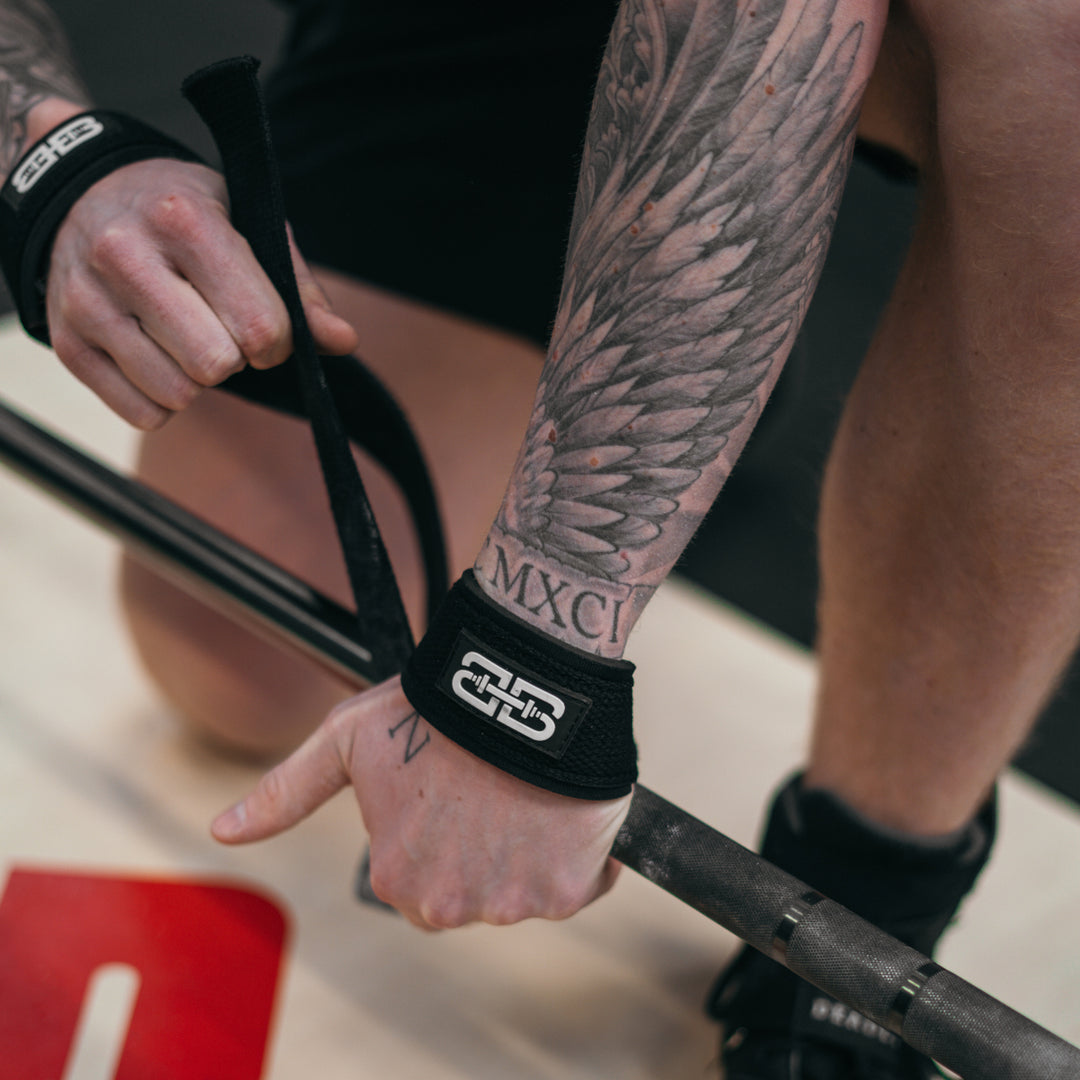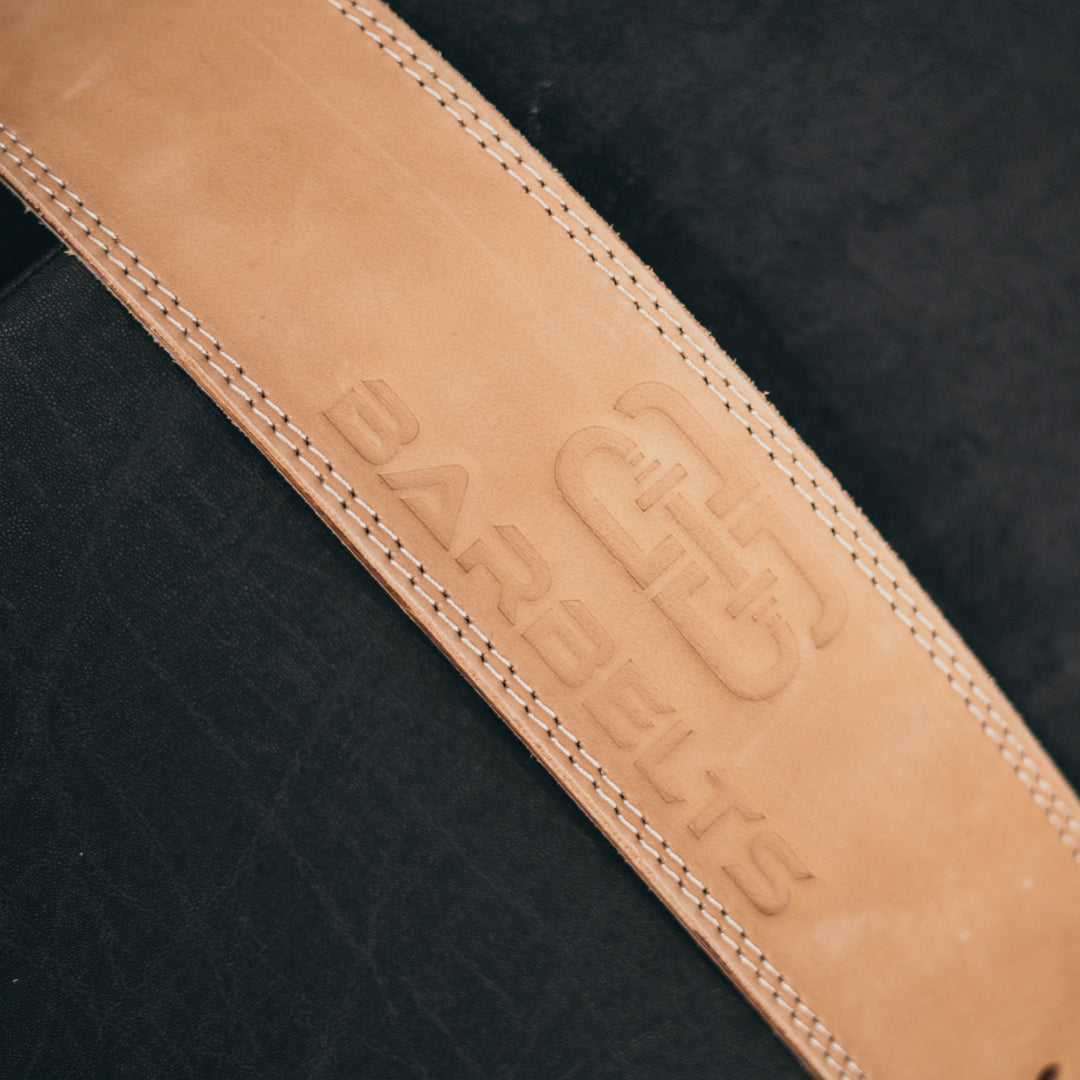Should you use a Weightlifting Belt?
Wearing a weightlifting belt used to be something that only Olympic weightlifting and real-deal powerlifting athletes did. In recent years, however, recreational lifters of varying skill levels can be seen sporting belts at the gym.
What is a lifting belt?
A lifting belt is a type of wrap that’s worn around the waist when lifting heavy weights —particularly when doing squats, deadlifts, and overhead presses. There are many types of liftings belts made of different materials. Most popular are the powerlifting belts & weightlifting belts made of leather. A weightlifting belt can be recognized by its fitted design with a wide back support. A powerlift belt has the same width over the entire length of the belt.
What is the purpose of a weightlifting belt?
The main purpose of a weightlifting belt is to reduce stress on the lower back while a person is lifting by increasing the pressure within the abdomen—referred to as intra-abdominal pressure (IAP).¹ ¹ The body responds to this increased pressure by creating a more rigid core which, in turn, stabilizes the spine and reduces the stress it receives when lifting heavy weights. To be clear, the belt itself doesn’t provide spinal support. Rather, it’s the way the body reacts to the belt that supplies the support.
What are the pros of wearing a weightlifting belt / powerlifting belt?
There’s a reason many powerlifters and bodybuilders wouldn’t get under a heavy barbell for some deep squats without a weightlifting belt on. Here are some of the top benefits of using a belt when lifting heavy weights:
- Reduces the risk of back injuries
- Allows you to lift more weight safely
- Encourages you to lift more weight safely
- Makes you feel more supported and confident, allowing you to break mental and physical plateaus
What are the cons of wearing a weightlifting belt?
While there are no cons to weightlifting belts when used properly under the right conditions, not everyone should or needs to be using a weightlifting belt. Here are some reasons you shouldn’t use a belt—at least not yet:
- You don’t do any compound lifts with free weights: Belts are primarily used when doing squats, deadlifts and presses with heavy weight. They are not necessary for other types of weight training exercises in which the spinal erectors do not work against heavy resistance. For example, a belt will not benefit you when doing exercises such as the pull up or leg extension.
- You need to work on your form: It’s essential that you nail down your form before using a weightlifting belt. This is because if you have bad form, a belt can actually reinforce your bad form. Until you’re consistently moving heavy weight with good form, steer clear of a belt.
- You have high blood pressure: If you’ve a high blood pressure, you should avoid using a belt, as they can aggravate these issues. In general, you should loosen your belt between sets to allow blood pressure to return to normal.² ²
The bottom line
Weightlifting belts can help support your back when lifting weights by increasing intra-abdominal pressure and preventing back hyperextension.³ They are most effective when lifting heavy weights during squats, deadlifts, and military presses. If you have perfected your form and are ready to increase your weight load, a weightlifting belt could be just what you need to take your lifting to the next level.
At Barbelts, we offer a wide selection of weightlifting belts to help you crush your current personal records. Pick up yours today!
- Harman EA, Rosenstein RM, Frykman PN, Nigro GA. Effects of a belt on intra-abdominal pressure during weight lifting. Med Sci Sports Exerc. 1989 Apr;21(2):186-90. PMID: 2709981.
- Rafacz W, McGill SM. Wearing an abdominal belt increases diastolic blood pressure. J Occup Environ Med. 1996 Sep;38(9):925-7. doi: 10.1097/00043764-199609000-00016. PMID: 8877843.
- Lander JE, Simonton RL, Giacobbe JK. The effectiveness of weight-belts during the squat exercise. Med Sci Sports Exerc. 1990 Feb;22(1):117-26. PMID: 2304406.






